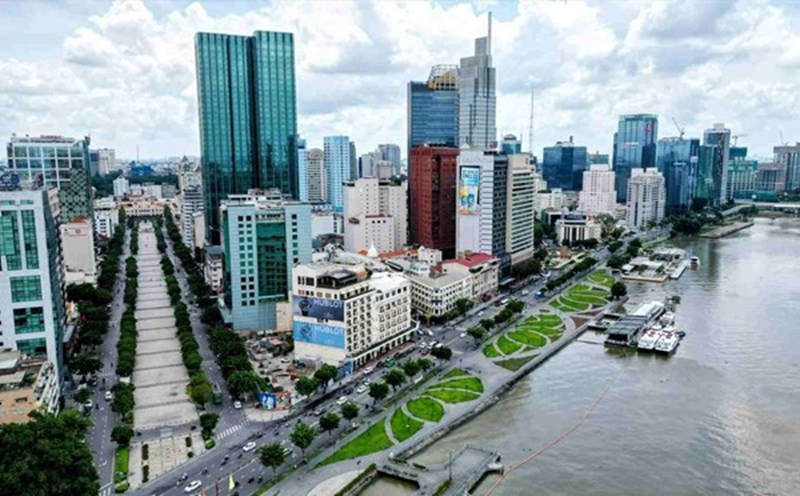According to the People's Committee of District 1, the newly formed Saigon Ward is based on the merger of the entire Ben Nghe Ward, Quarter 1 of Nguyen Thai Binh Ward and part of the area of Quarters 4, 5, 6, 8, 10 of Da Kao Ward.
This ward has an area of over 3 km2, a population of about 47,000 people, limited by major roads such as Hoang Sa, Nguyen Dinh Chieu, Hai Ba Trung, Nguyen Thi Minh Khai, Nam Ky Khoi Nghia, Vo Van Kiet, Ton Duc Thang and Nhieu Loc - Thi Nghe canal.
The name "Saigon" is not unfamiliar to Ho Chi Minh City residents. This is a place that has been deeply ingrained in the minds of many generations, and was a popular name for this land before 1976 - the time when the city was officially named Ho Chi Minh City.
Throughout its history of more than 300 years, this land has had many different names such as Gia Dinh, Phien An, Phan Yen, Cho Lon, Ben Nghe..., but "Saigon" is still a familiar, familiar name with great influence in culture, art and daily life.
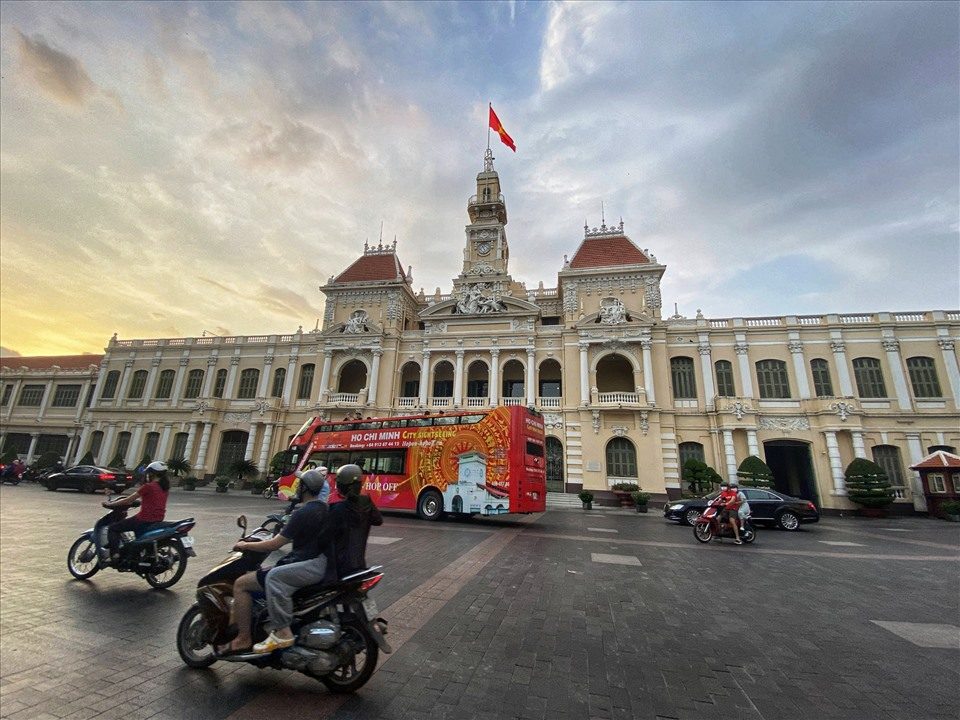
The People's Committee of District 1 said that the reason for choosing the name "Saigon" for the new ward is because this is the historical, political, economic and cultural center of Ho Chi Minh City.
This place is home to a series of iconic architectural works such as: Ho Chi Minh City People's Committee, City Theater, Ho Chi Minh City Museum, History Museum, Ho Chi Minh City Customs Department...
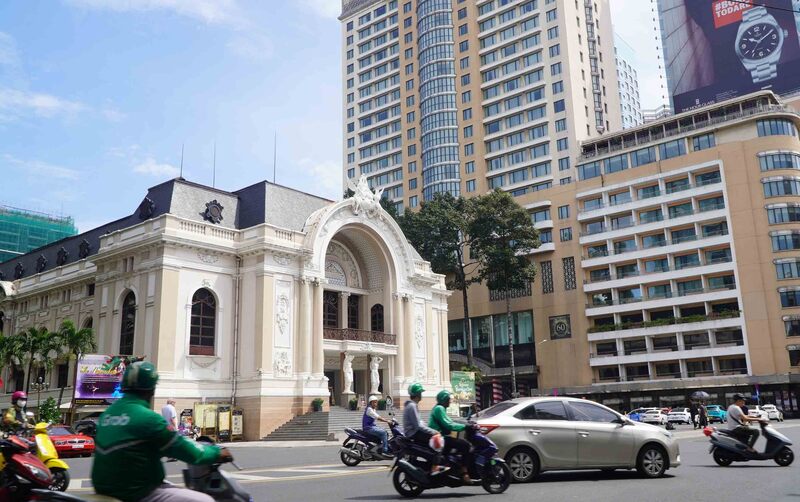
Saigon Ward is also home to many important historical sites such as Ba Son factory - a place associated with the revolutionary activities of President Ho Chi Minh and the workers' movement in the early 20th century, or the US Consulate General - which was a US Embassy before 1975.
The ward has more than 3/4 of the surroundings adjacent to rivers and canals - from Thi Nghe canal, Tau Hu canal to Saigon river - affirming the river element typical of the history and culture of this land.
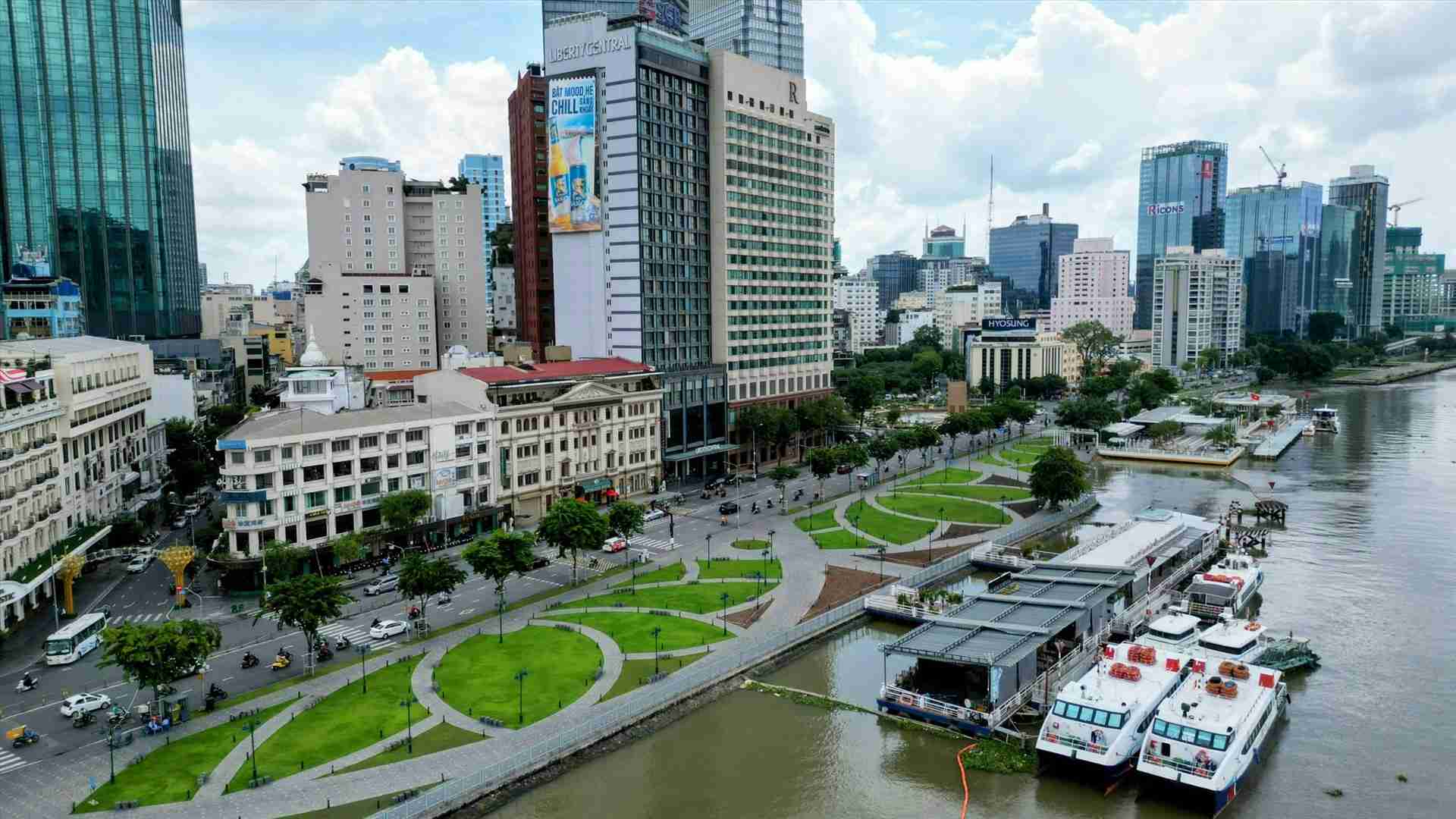
Not only that, this area is also a bustling commercial - service center, with iconic roads such as Nguyen Hue, Dong Khoi, Le Loi, Ham Nghi, Hai Ba Trung...
In particular, Nguyen Hue walking street has become a prominent public space, attracting a large number of people and tourists every day.
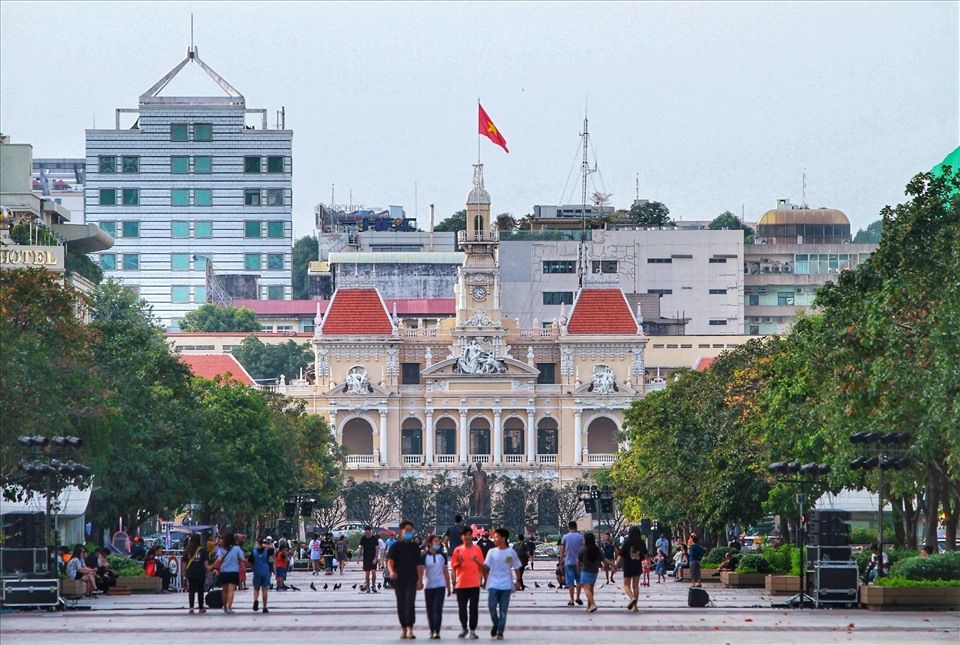
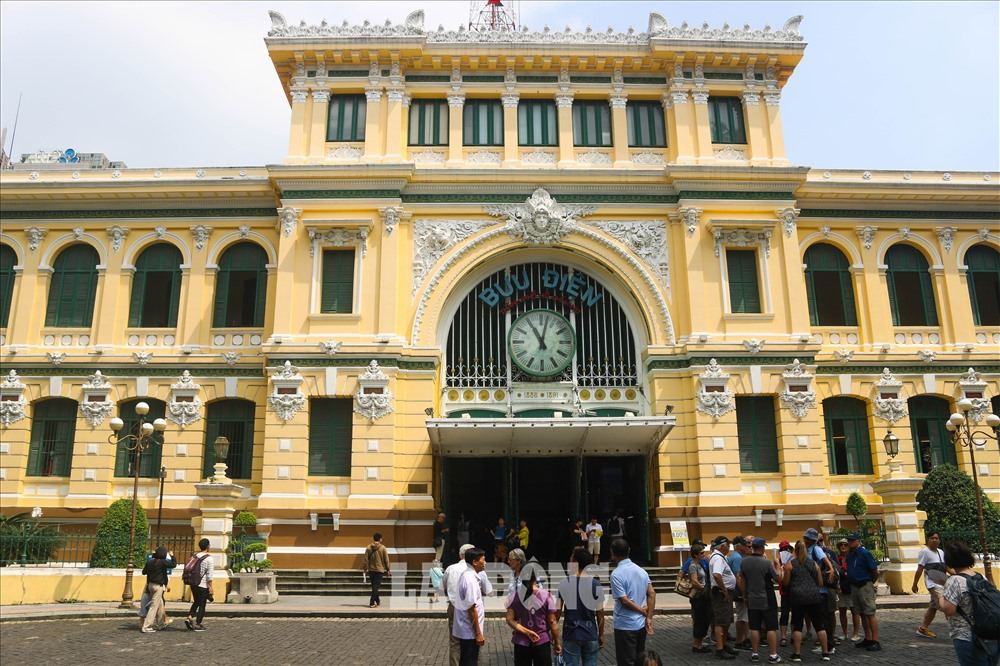
Naming the new ward "Saigon" not only shows respect for its historical value but also contributes to preserving local identity in the context of rapid urbanization.
According to the People's Committee of District 1, the name Saigon ward is easily recognizable, familiar to residents and international visitors, convenient for promoting the image, promoting the development of tourism, services and urban economy.

In addition, Saigon is not only a place name, but also a symbol of pride, familiar memories and the responsibility to continue traditional values.
According to the People's Committee of District 1, in the journey of modern development, keeping this name is an emphasis on the identity of a young city but rich in heritage - a Ho Chi Minh City that constantly innovates but still appreciates its roots.
On April 15, at the 39th Conference of the Executive Committee of Ho Chi Minh City Party Committee and then on April 18 at the 22nd Session of Ho Chi Minh City People's Council Session X, the delegates agreed through the plan to rearrange the administrative unit, whereby Ho Chi Minh City will decrease from 273 wards, communes and towns to 102 wards and communes.
District 1 will be reorganized from 10 existing wards, merged into 4 new wards, including: Tan Dinh, Saigon, Ben Thanh and Cau Ong Lanh.



